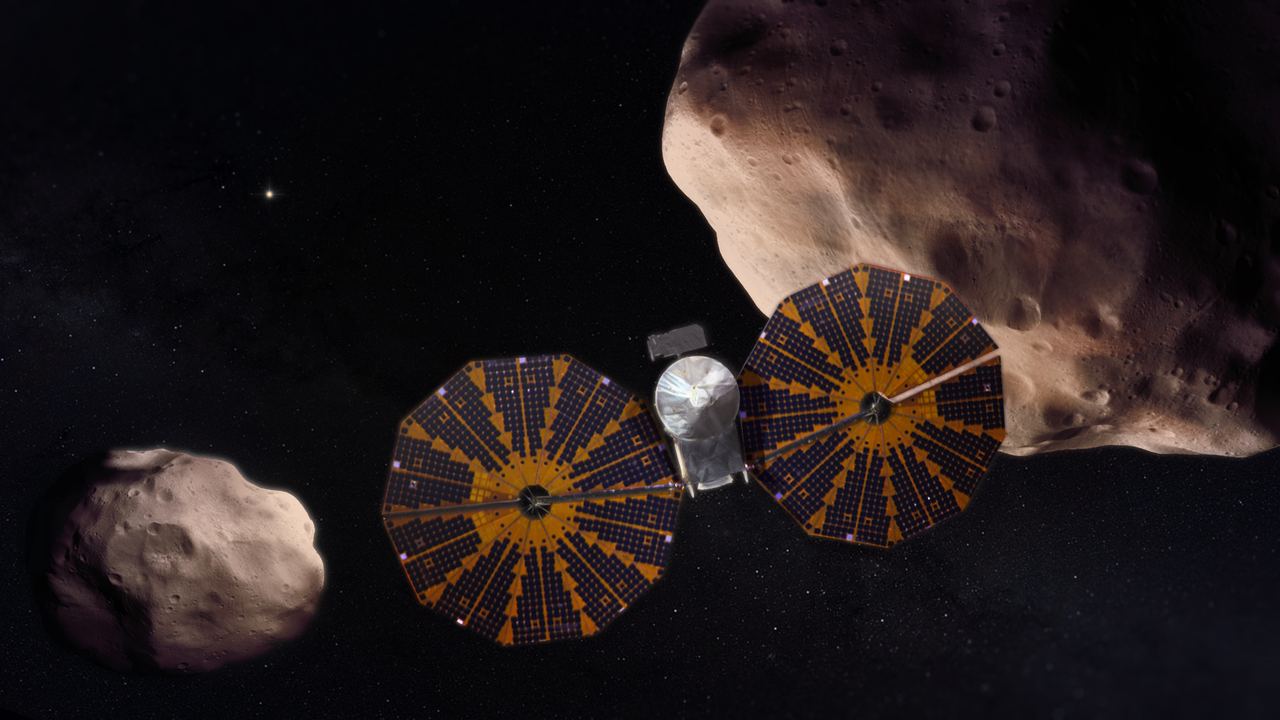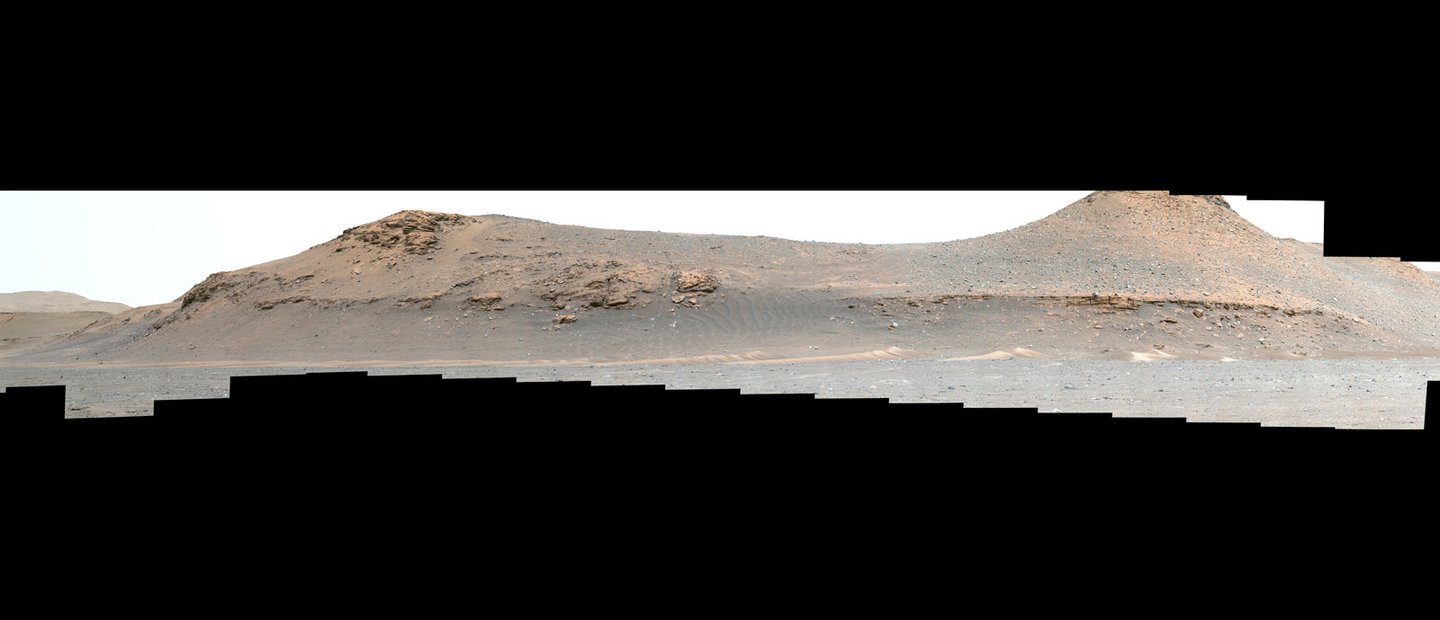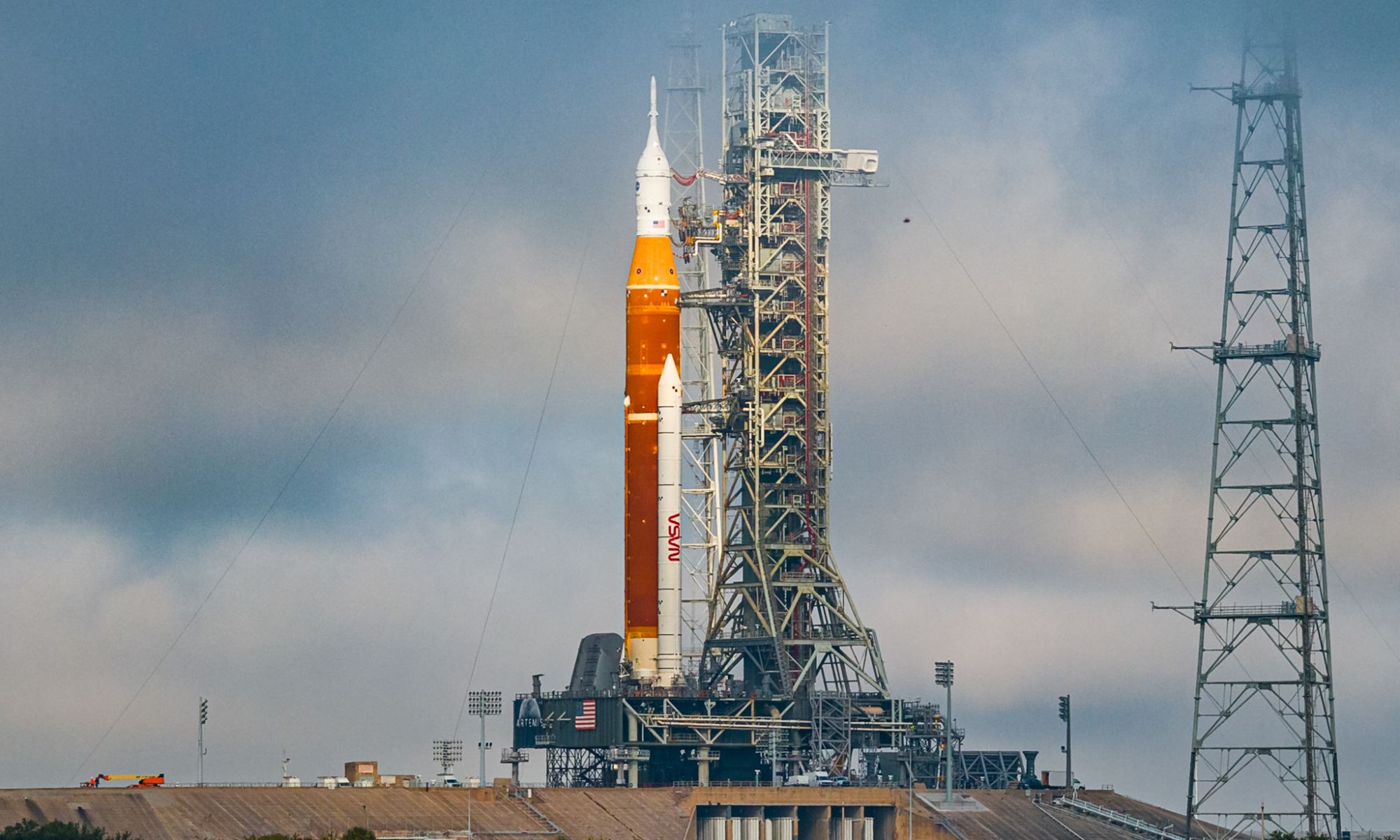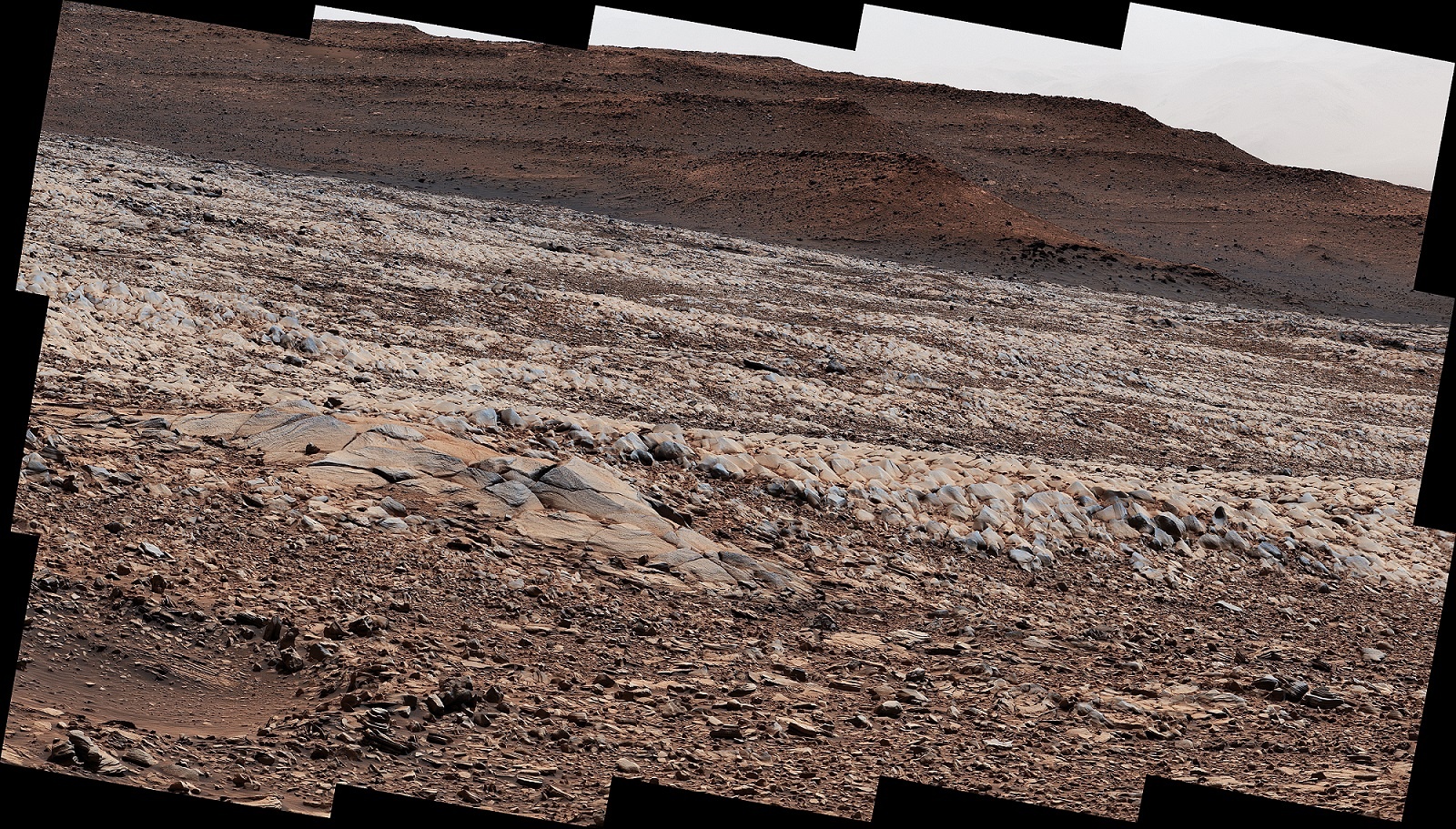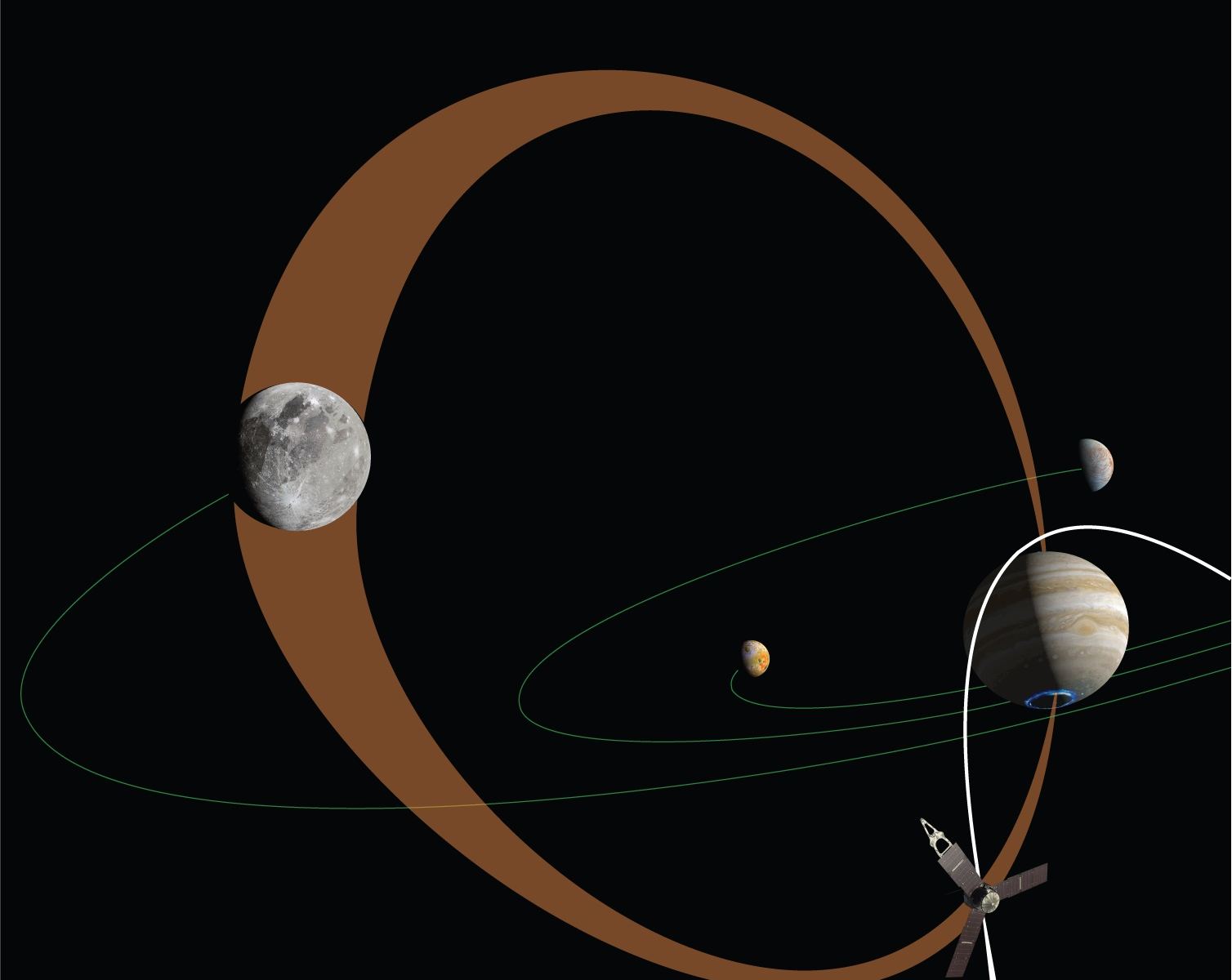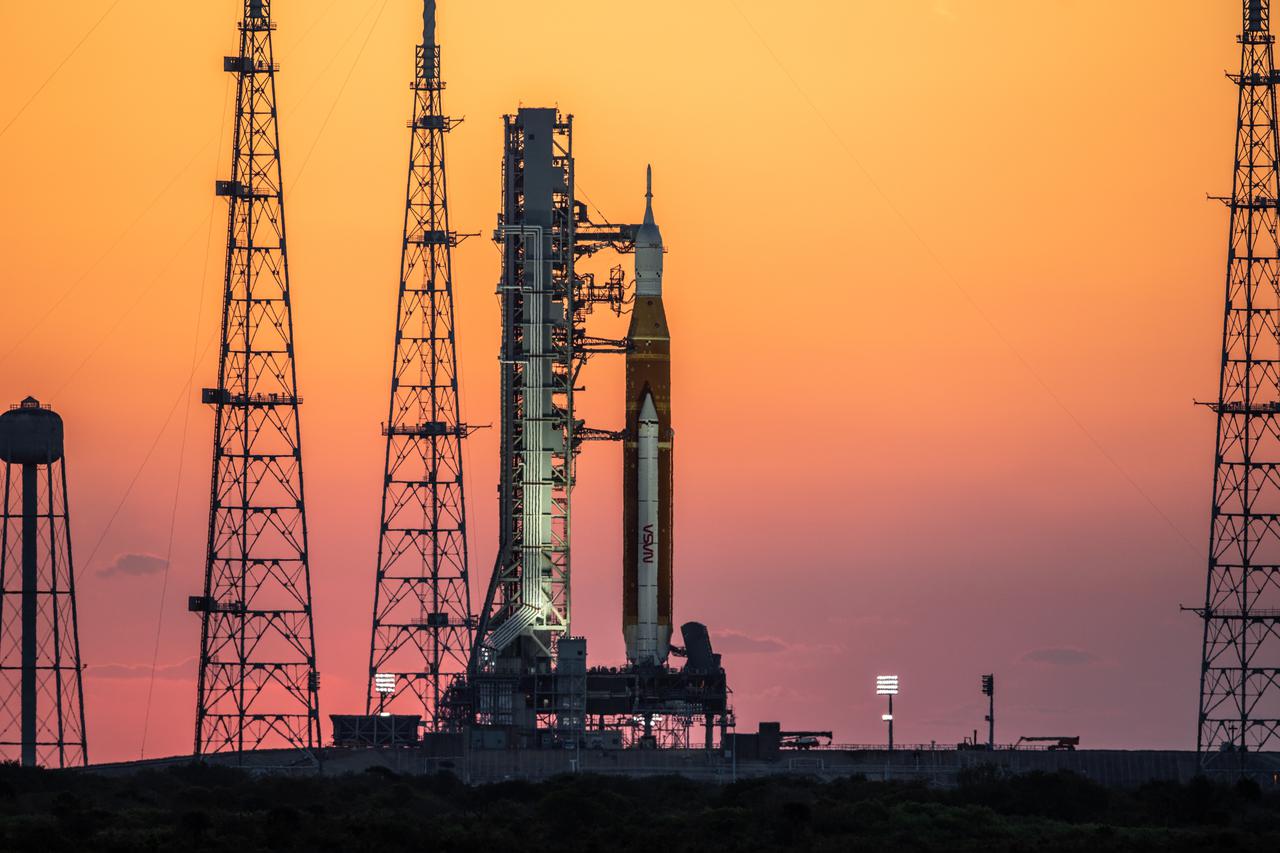NASA’s Lucy spacecraft, currently on its way to the outer Solar System to study Jupiter’s Trojan asteroids, has a solar panel problem. Shortly after its launch last October, engineers determined that one of Lucy’s two solar panels failed to open completely. While the spacecraft has enough power to function, the team is concerned about how the unlatched panel might hinder Lucy’s performance going forward. In an attempt to fix the problem, the team will carry out a new procedure next month that is designed to unfurl the solar panel the rest of the way, and latch it firmly in place.
Continue reading “NASA is Ready to try and fix Lucy’s Unlatched Solar Panel”Hubble Checks the Weather on Hot Jupiters. Forecast: 100% Chance of Hellish Conditions
While the Hubble Space Telescope celebrates 32 years in orbit, like a fine wine, it has only gotten better with age as it continues to study the Universe and teach us more about our place in the cosmos. Hubble doesn’t just take breathtaking images of our Universe, but it also studies our own solar system, galaxies, and exoplanets, as well. It is this last subject where Hubble has recently been hard at work, though.
Continue reading “Hubble Checks the Weather on Hot Jupiters. Forecast: 100% Chance of Hellish Conditions”Perseverance Begins the Next Phase of its Mission, Studying an Ancient River Bed on Mars
On February 18, 2021, NASA’s Perseverance (Percy) Rover successfully landed in the dried-up lakebed known as Jezero Crater on Mars, beaming back images and video of its descent and landing to millions of space fans living on the planet that built and launched this incredible robotic explorer. With this landing came enormous excitement for a new era of robotic exploration of the Red Planet as we slowly continue to unlock the secrets of Mars and its ancient past, to include (hopefully) finding evidence of past life.
Continue reading “Perseverance Begins the Next Phase of its Mission, Studying an Ancient River Bed on Mars”NASA is Having a Tough Time Testing the SLS
NASA’s Space Launch System (SLS) has been having some problems getting tested since it rolled out onto launch pad 39B last month. These tests, called wet dress rehearsals, are used to find any problems with loading the propellant and verify that all of the rocket’s systems are able to handle it being exposed to cryogenics.
After this most recent attempt on April 14th, it is clear that the SLS isn’t ready for flight yet. The problems that the teams have been encountering have led them to make some procedural changes and slight adjustments in operations and software triggers. There are also the leak problems that have shown up that have to be addressed.
Continue reading “NASA is Having a Tough Time Testing the SLS”Curiosity is Going to Find a new Route Around This Tricky Patch Called “Gator-Back Terrain”
Right now, the Curiosity rover continues to climb Mount Sharp (Aeolis Mons), the central peak within the Gale Crater on Mars. This massive pile of rock and sediment was created over the course of 2 billion years by liquid water that flowed into the crater, creating a layered structure that stands around 5.5 km (18,000 ft) tall. Many of these layers were deposited when the crater is thought to have been a lakebed, which makes it a prime location to search for evidence of past life (and maybe present) on Mars.
Climbing this feature is hard work and can cause severe wear on Curiosity’s metal wheels. The rover began climbing the southern edge of “Greenheugh Pediment,” a gentle slope topped by sandstone rubble that scientists want to learn more about. A few weeks ago, the rover suddenly encountered a huge patch of wind-sharpened rocks known as ventifacts (aka. “gator back” terrain). This forced the mission team to plot an alternate route so that Curiosity can continue to get more life out of its wheels.
Continue reading “Curiosity is Going to Find a new Route Around This Tricky Patch Called “Gator-Back Terrain””Two Rockets at Cape Canaveral

An interesting photo-op took place at Launch Complex 39 at NASA’s Kennedy Space Center in Florida last week. On April 6th, two different rockets were photographed occupying neighboring launch pads – LC 39A and 39B. The former was occupied by the Falcon 9 rocket and Dragon capsule (visible in the foreground) that launched the first all-private mission to the International Space Station (ISS) on April 8th – the Axiom Mission 1 (Ax-1).
The latter was occupied by the NASA Space Launch System (SLS) rocket and Orion Spacecraft that will be used to conduct the inaugural launch of the Artemis Program (Artemis I) this summer (seen in the background). This is the first time two different types of rockets and spacecraft occupied LC 39’s sister pads simultaneously. This will become the norm in the future as the KSC continues to grow and becomes a multi-user spaceport that launches government and commercial rockets.
Further Reading: NASA
Jupiter and Ganymede are Connected by Magnetic Fields
On July 5th, 2016, NASA’s Juno spacecraft arrived at Jupiter and began its four-year mission (which has since been extended to 2025) to study the gas giant’s atmosphere, composition, magnetosphere, and gravitational environment. Juno is the first dedicated mission to study Jupiter since the Galileo probe studied the system between 1995 and 2003. The images and data it has sent back to Earth have revealed much about Jupiter’s atmosphere, aurorae, polar storms, internal structure, and moons.
In addition, the Juno mission has allowed astronomers to learn more about how magnetic interaction between some of Jupiter’s moons and its atmosphere leads the gas giant to experience aurorae around its northern and southern poles. After analyzing data from Juno’s payload, a team of researchers from the Southwest Research Institute (SwRI) observed how streams of electrons from Ganymede (Jupiter’s largest moon) leave an “auroral footprint” in Jupiter’s atmosphere.
Continue reading “Jupiter and Ganymede are Connected by Magnetic Fields”The Four Private Axiom Astronauts are off to the International Space Station
This morning, at 11:17 AM EDT (08:17 AM PDT), the first all-private astronaut mission to the International Space Station (ISS) lifted off from Launch Complex 39A at NASA Kennedy Space Center in Florida. Designated Axiom Mission 1 (Ax-1), this mission consists of four commercial astronauts flying aboard the SpaceX Dragon Endeavour spacecraft that launched atop a SpaceX Falcon 9 rocket. The launch was live-streamed via NASA’s official Youtube channel (you can catch the replay here).
Continue reading “The Four Private Axiom Astronauts are off to the International Space Station”The ExoMars Rover is Ready, now it Just Needs a new Ride to Mars
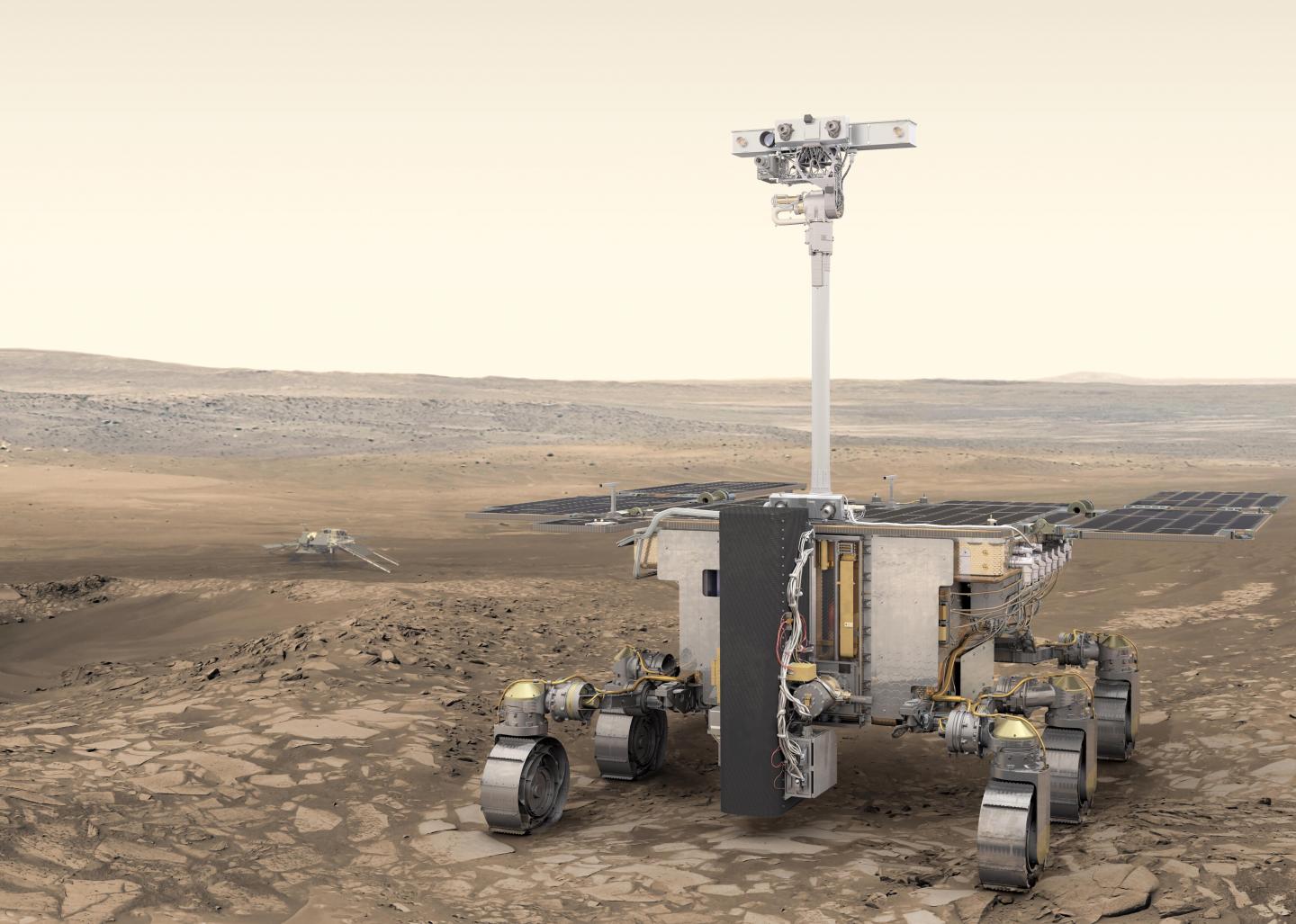
When it arrives on Mars, the ESA’s Rosalind Franklin rover will join a growing fleet of robotic rovers, landers, and orbiters dedicated to searching for life on Mars. As part of the Exomars program, this mission was a collaborative effort between the ESA and the Russian State Space Corporation (Roscosmos). Whereas the ESA would provide the rover, Roscosmos was to provide the launch services and the Kazachok lander that would deliver Rosalind Franklin to the surface.
After many years of development, testing, and some delays, the Rosalind Franklin rover passed its System Qualification and Flight Acceptance Review in March. The Review Board confirmed that the rover was ready to be shipped to the launch site at Baikonur Cosmodrome and would make the launch window opening on September 20th, 2022. Unfortunately, due to the suspension of cooperation with Roscosmos, the ESA’s rover finds itself stranded on Earth for the time being.
Continue reading “The ExoMars Rover is Ready, now it Just Needs a new Ride to Mars”NASA Will be Testing SLS Over the Weekend
The Space Launch System (SLS) has just one more hurdle to clear before this summer’s historic launch. This is known as the Wet Dress Rehearsal, where the fully-stacked SLS and Orion spacecraft will conduct a series of operations at the NASA Kennedy Space Center in Florida. This test follows the arrival of the SLS to Launch Complex 39B after making its big rollout on March 17th from the Vehicle Assembly Building (VLB).
The Wet Dress Rehearsal will run from Friday, April 1st, through Sunday, April 3rd, and will see the Artemis I launch team load propellant into the rocket’s tanks, conduct a full launch countdown, demonstrate the ability to recycle the countdown clock, and also drain propellants to give them an opportunity to practice the timelines and procedures they will use for launch. The weekend-long event will be live-streamed via the Kennedy Newsroom YouTube channel.
Continue reading “NASA Will be Testing SLS Over the Weekend”
